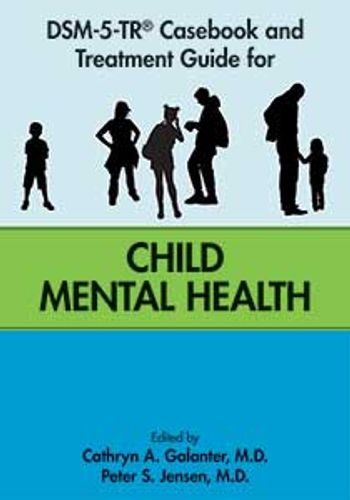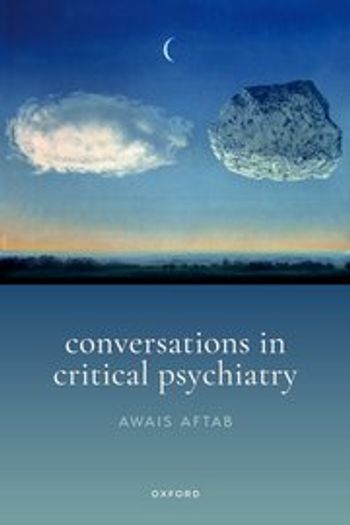
FALSE: How Mistrust, Disinformation, and Motivated Reasoning Make Us Believe Things That Aren’t True
This book explores how mistrust and disinformation shape our beliefs, revealing the psychological mechanisms behind false convictions in today's society.
BOOK PREVIEW
As a psychiatrist whose clinical work through the years has focused on the treatment of individuals with psychosis, I have always been most fascinated by the phenomenon of delusions. Just what is it, I have often wondered, that goes on in someone’s brain that leads them to believe that they have been chosen by God to save the world or that the government has implanted a tracking device inside their skull?
In psychiatry, we often chalk up our patient’s false beliefs to psychopathology. We say that paranoid and grandiose delusions, self-deprecatory ruminations, cognitive distortions, and obsessions and phobias are caused by schizophrenia, major depressive disorder, or anxiety disorder and leave it at that.
But such attributions do not really explain why or how people come to hold such false beliefs. And as is increasingly obvious these days, demonstrably false and imminently consequential beliefs held with unwarranted conviction are in no way limited to those with mental illness. Belief in angels, ghosts, and UFOs is totally normal. So are conspiracy theory beliefs, like 9/11 being an inside job or the 2020 Presidential election being rigged. And it is not that unusual for ideological belief, whether religious or political, to reach delusion-like fervor so that it leads to activism and sometimes even violence.
For those outside the mental health profession, it can be all too tempting to invoke mental illness, or something like it, to explain these sorts of delusion-like beliefs. Over the past several years, I have read numerous news headlines declaring that the country, if not the entire world, is suffering from mass delusion or mass psychosis. And I have watched individuals make countless claims about their ideological opposites being victims of everything from stupidity and lack of critical thinking to cult dynamics and brain washing.
As a psychiatrist familiar with psychosis, it is obvious to me that such narratives are not only off-base, they are counter-productive. They prevent us from understanding viewpoints, however misguided, that are different from our own in a way that could lead to productive dialogue and collaborative problem-solving. Instead, they leave us mired in endless disputation and pejorative name-calling that only worsens the stigma of real mental illness.
I wrote FALSE: How Mistrust, Disinformation, and Motivated Reasoning Make Us Believe Things That Aren’t True to get us beyond that. The book offers an evidence-based explanation of why it is that normal people like you and me hold tightly to false beliefs and how doing so can wreak havoc in our lives, relationships, interactions with strangers, as well as in national and global politics today.
FALSE starts by acknowledging the continuum and grey area between pathological delusions and normal false belief, while providing guidelines (eg, self-referentiality, evidentiary basis, shareability, etc) to tell them apart. It then moves on to discussing cognitive distortions, positive illusions, heuristics, and the overconfidence we have about what we think we know that is exemplified by the Dunning-Kruger effect.
Next, FALSE details how our beliefs are not just products of the inner workings of our brains in isolation, but are formed and reinforced by our interactions with information—and other people—that we encounter in the world. Such information processing frequently occurs in a biased fashion, with confirmation bias and motivated reasoning validating what we already believe or want to believe in the service of what Dan M. Kahan, JD, has called “identity protective cognition” that preserves our sense of self.
Together with phenomena like the illusory truth effect, such biases mean that we are at constant risk of falling for misinformation and disinformation that is ubiquitous within today’s informational landscape. Steered by our ideological affiliations and barraged by a veritable “flea market of opinion” in which the loudest, most outrageous voices vie for our attention and drown out sober news reporting and analysis, it is all too easy to be led astray.
In the second half of the book, FALSE builds upon the cognitive mechanics of false belief to delve into conspiracy theory belief, bullshit receptivity, and political polarization that is rooted in not only differences over factual beliefs fueled by cognitive dissonance, but subjective values and morals that are often staunchly defended and sometimes imposed on others. The final chapter then concludes with a path forward to help us get better at truth detection through cognitive flexibility, intellectual humility, and analytical thinking, both as individuals and as a society.
Filled with anecdotes from my clinical and forensic work, FALSE was written for the lay reader. But it is also packed with explanations of research on misbelief, even-handed coverage of controversies, and extensive citations—a necessity when making claims about what is true or not—so that it is textbook-like in its detail and scope.
Fortunately for me as an author, but unfortunately for all of us as citizens of the world, the topic of false belief could not be timelier right now. Anti-science belief, the rejection of expertise, and political propaganda claiming Orwellian “alternative facts” are running rampant. Conspiracy theories have become the official versions of events. With vaccine hesitancy and climate change denialism now being folded into public policy, it is not an exaggeration to conclude that we are in danger of mass casualty and “suicide by false belief.”
Given those stakes, FALSE provides a critical and cautionary account of what can happen when we are “just asking questions, looking for answers, and doing our own research” in the post-truth world. But as the subtitle suggests, mistrust, misinformation, and motivated reasoning—what I have recently taken to calling the “3M Model”—figures heavily in the narrative of just how easy it is to believe things that are not true. This leaves us with a less pathological and more humanizing perspective that highlights the individual biases and larger social forces that work in conjunction to encourage false belief.
A healthy society cannot allow itself to be guided by falsehoods. If we are to get closer to the truth and steer clear of the harmfulness of such self-deception, we must stop pointing the finger only at our ideological opposites and start looking in the mirror at our universal vulnerability. Only then can we do the work we need to do, both individually and collectively, to heal from the scourge of false belief.
Dr Pierre is a health sciences clinical professor in the Department of Psychiatry and Behavioral Sciences at UCSF and the unit chief of the Langley Porter Psychiatric Hospital Adult Inpatient Unit.
Newsletter
Receive trusted psychiatric news, expert analysis, and clinical insights — subscribe today to support your practice and your patients.















